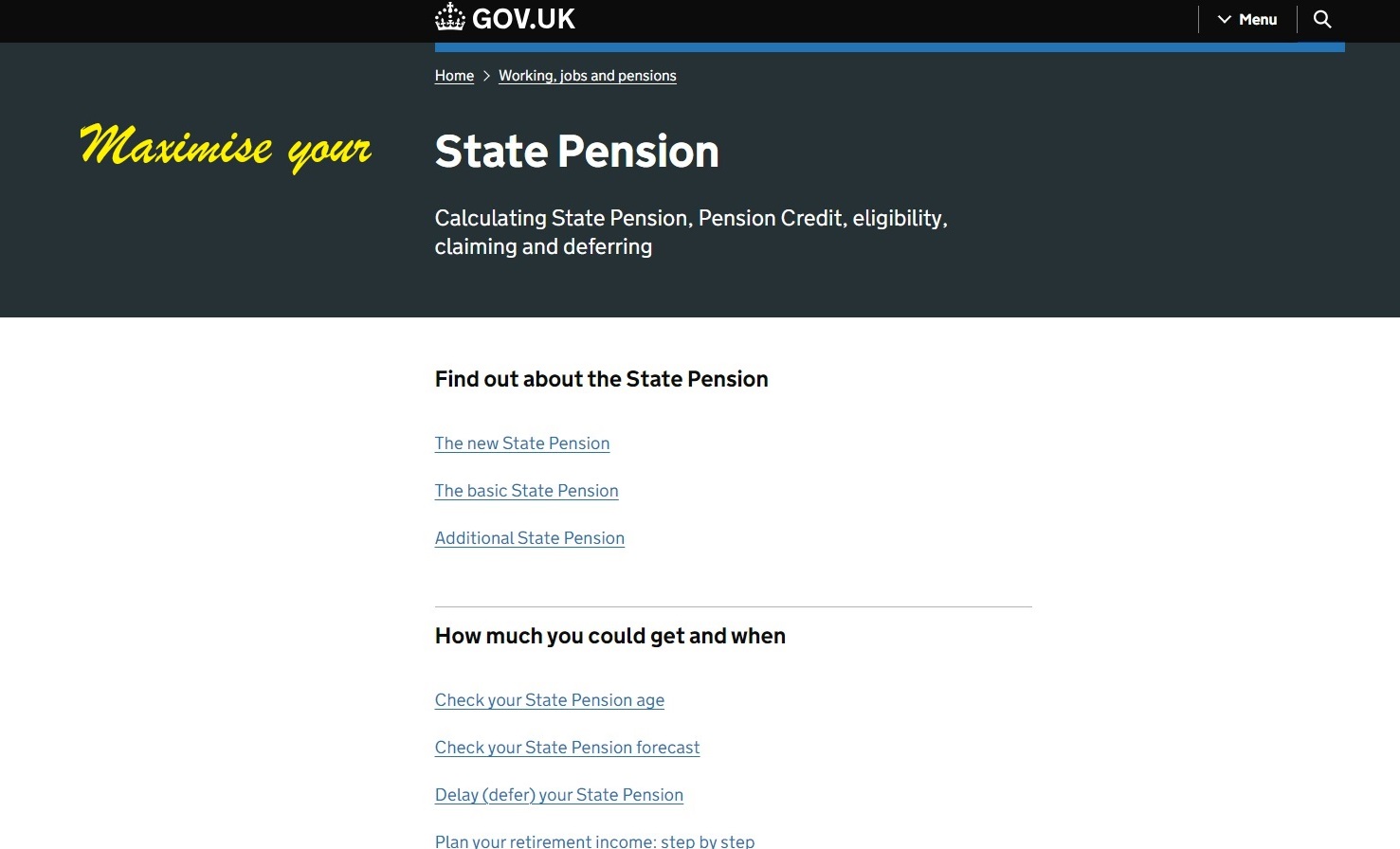When planning for retirement, your State Pension forms an essential part of your financial security. Many pre-retirement investors in the UK might not be aware of an opportunity to increase their State Pension by topping up their National Insurance (NI) record. However, this window won’t be open forever. With the deadline to buy missing years approaching, understanding the process can help you maximise your pension and avoid potential pitfalls. Here’s what you need to know.
Why Top Up Your State Pension?
Your UK State Pension is calculated based on the number of qualifying years of National Insurance contributions. To receive the full State Pension, you typically need at least 35 qualifying years. For many, especially those with gaps due to career breaks, self-employment, or periods living abroad, these missing years can lead to a reduced pension. By purchasing additional NI contributions for these missing years, you can help ensure a full pension payout in retirement, boosting your financial stability.
Upcoming Deadline: Act Now to Avoid Losing Out
In early 2023, the government extended the deadline to buy missing years of NI contributions. The new deadline to make top-up payments is April 5, 2025. This extension provides pre-retirees with an invaluable chance to review their contribution records and make any necessary purchases before this option is no longer available. After this date, it will only be possible to buy back six years, so taking action now could make a substantial difference to your retirement income.
How to Check Your National Insurance Record
The first step to understanding your pension entitlement is to check your NI record on the Gov.uk portal. This record will reveal any gaps in your contributions and will show whether you have enough qualifying years to receive the full State Pension.
Steps to Check Your Record:
1. Go to the Gov.uk website and create or sign in to your account.
2. Access your National Insurance record to review your history of contributions.
3. Identify any years with missing contributions, as these will be highlighted.
It’s important to note that checking your record and understanding any gaps early on will give you time to plan financially for purchasing those missing years.
Buying Missing Years: What Are the Options?
Once you’ve identified any missing contributions, you can buy additional years through voluntary Class 3 National Insurance contributions. Each missing year costs approximately £824.20 (as of 2024), but this investment can translate into significant benefits. For example, adding a single qualifying year can increase your pension by about £275 a year, which, over the course of a 20-year retirement, could yield an additional £5,500. However, for those who were self-employed, there’s also the option to buy Class 2 contributions, which cost less per year but still provide qualifying years.
The Process of Buying Missing Years:
1. Contact HMRC to confirm which years are available for purchase and their cost.
2. Make payment directly through HMRC’s portal or via bank transfer, as guided by HMRC staff.
3. Ensure you receive confirmation that your payment has been recorded against your NI record.
Potential Problems with the Gov.uk Portal
While the process may sound straightforward, many people have encountered difficulties. The Gov.uk portal, while generally reliable, has presented several issues for those trying to buy missing years:
- Website Downtime: Demand has caused the portal to be overwhelmed, particularly around the end of the tax year. If you’re planning to top up your contributions, don’t wait until the last minute, as you might experience delays.
- Confusing Information: Some users have found the portal information unclear, especially regarding which years can be bought and the cost for each year. Contacting HMRC directly is often necessary, though this can mean long wait times.
- Payment Tracking Delays: After making a payment, delays in updating your NI record can cause concern. It may take weeks, sometimes months, for payments to reflect on your record, so early action is essential to avoid any last-minute discrepancies.
Maximising Your State Pension: Practical Advice
Here are a few tips to help ensure a smooth process in topping up your State Pension:
- Start Early: The earlier you review and address any shortfalls, the more likely you’ll avoid delays, especially as the deadline approaches.
- Contact HMRC if in Doubt: If you find the portal unclear or need confirmation about which years to buy, don’t hesitate to call.
- Be prepared for wait times but rest assured that speaking to an HMRC advisor can clarify most issues.
- Review and Confirm Payments: After you’ve made your top-up payments, check your record to ensure they’re reflected. Contact HMRC if they don’t appear after a reasonable period.
- Seek Financial Advice if Needed: For those with complex financial situations or multiple years to top up, consider speaking to a financial advisor. They can provide tailored advice to help you make the most of your State Pension and maximise your retirement income.
Final Thoughts
For UK pre-retirement investors, topping up your State Pension can be a financially rewarding step. With the deadline looming, checking your National Insurance record and purchasing any missing years could be a straightforward way to secure a higher pension. Remember, the Gov.uk portal is a useful tool but isn’t without its challenges, so be proactive to avoid any last-minute issues. By acting now, you can take full control of your retirement income, ensuring you make the most of every pound in the years to come.
Please note:
This blog is for general information only and does not constitute advice. The information is aimed at retail clients only.

